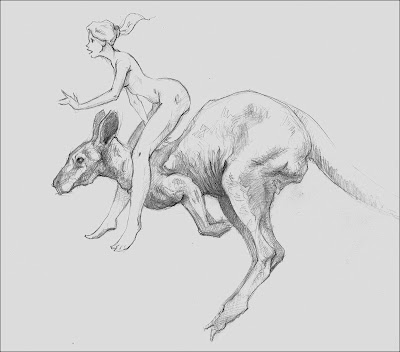
Many painters will create pencil
studies of their subject matter first to plan out the distribution of the
halftones, shadows and highlights in their composition.
Many Realist painters find it necessary
to create a complete pencil rendering of the subject before the painting
begins.
The next step would be the color
study that would help the artist plan out the changing values in the hues into
their various tints and shades.
I have displayed here the rendered
pencil study for the following acrylic painting.
This is the first painting I did
that I thought worthy of showing anybody.
*Artlex Art Dictionary- is a good
resource for art word definitions





















